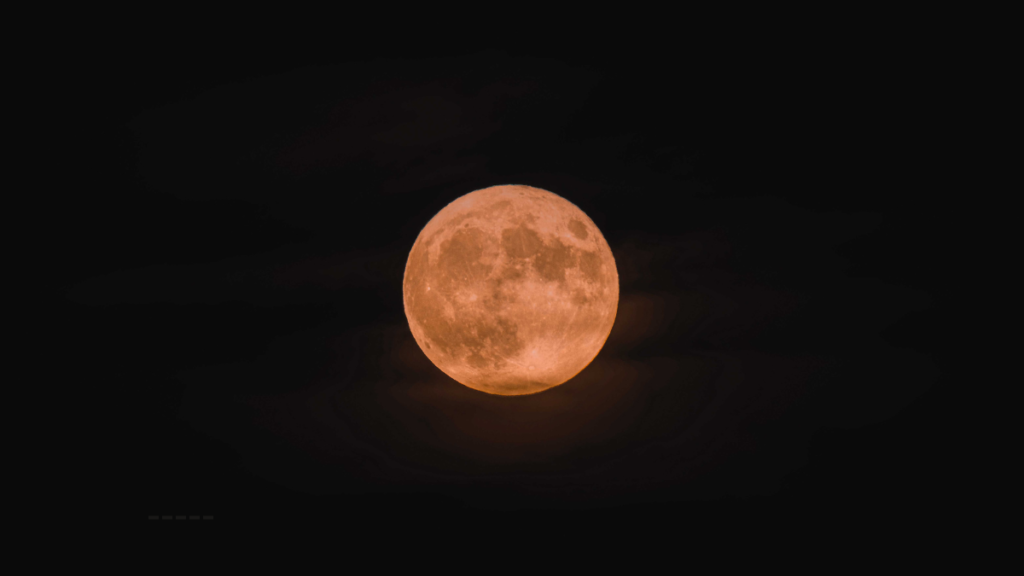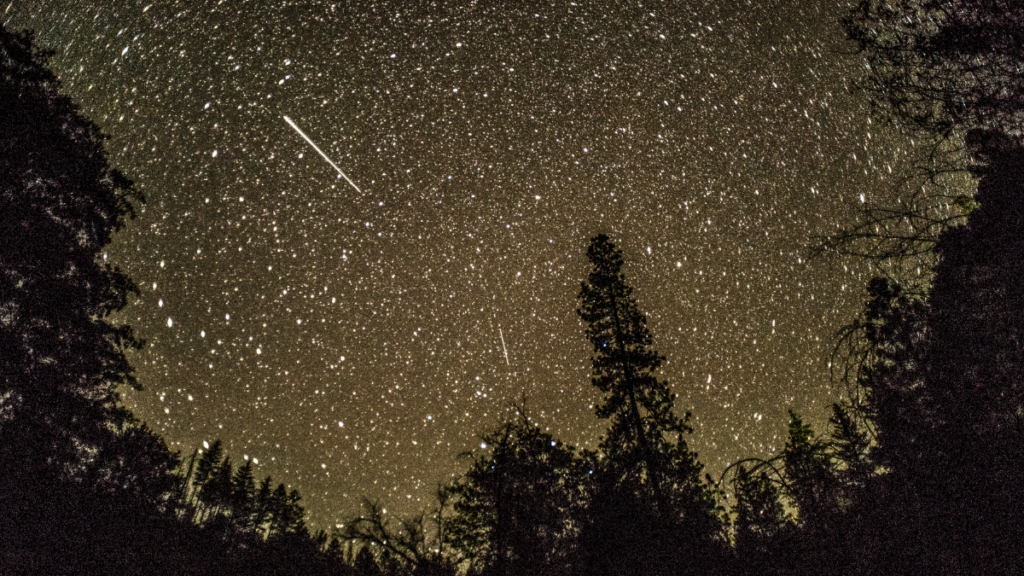Residents in the UAE will have a rare chance to enjoy some of the year’s most captivating celestial events during the last three months of 2025. Stargazers can look forward to three supermoons, including the largest of the year, alongside three major meteor showers. These natural spectacles promise clear, bright skies, ideal for photography enthusiasts and casual viewers alike.
Three Supermoons to Watch in the UAE

The year’s final quarter brings a remarkable lunar display. Each supermoon occurs when the full moon aligns with its closest point to Earth, appearing larger and brighter than usual. For UAE residents, this is a perfect opportunity to enjoy the night sky.
- Hunter’s Moon – October 7
The first supermoon will be visible on October 7. Traditionally called the Hunter’s Moon, it appears brighter and 14% larger than a typical full moon, offering a dramatic view over city skylines and deserts alike. - Beaver Moon – November 5
The Beaver Moon, rising on November 5, is expected to be the largest of the year. Named for the season when beavers prepare for winter, this moon promises a spectacular glow across the UAE’s night sky. - Cold Moon – December 5
The final supermoon of the year, the Cold Moon, occurs on December 5. Its serene light marks the longest nights of the year, providing a calm and luminous backdrop for nighttime outings or stargazing trips.
Viewing Tip:
Choose locations away from city lights for the best experience. Open desert spaces, beach areas, or high vantage points provide an unobstructed view.
Meteor Showers Lighting Up UAE Skies

In addition to the supermoons, the UAE will witness three major meteor showers before the end of 2025. Each shower offers a distinct viewing experience, with varying intensity and peak times.
- Orionids – October 21–22
The Orionids are known for their bright, fast meteors, streaking across the sky at roughly 66 km/s. The best time to observe this shower is late at night, away from city lights, where the meteors leave a glowing trail against the dark sky. Expect a moderate display that can be appreciated even without specialised equipment. - Leonids – November 17–18
Famous for occasional meteor storms, the Leonids will produce around 10 to 15 meteors per hour in 2025. Viewing is ideal after midnight, from open desert areas or beaches, where the horizon is wide and free of light pollution. - Geminids – December 13–14
The Geminids are among the most prolific meteor showers of the year. UAE residents may witness up to 120 meteors per hour under clear skies. With fast, bright meteors appearing regularly, this shower is perfect for families, photographers, and casual stargazers alike.
Tips for the Best Viewing Experience
To make the most of these celestial events, consider the following:
- Pick a Dark Spot: Deserts, beaches, and remote parks offer minimal light interference and unobstructed skies.
- Arrive Early: Give your eyes time to adjust to the dark for better visibility of faint meteors.
- Bring Essentials: A reclining chair or blanket, warm clothing, and refreshments can make the experience more comfortable.
- Capture the Moment: Use cameras with manual settings or long-exposure capabilities to photograph meteors and the enlarged supermoons.
By planning and choosing the right locations, viewers can enjoy an uninterrupted and memorable stargazing experience.
Mark Your Calendar
Residents should note these dates for 2025:
- Hunter’s Moon: October 7
- Orionids Meteor Shower: October 21–22
- Beaver Moon: November 5
- Leonids Meteor Shower: November 17–18
- Cold Moon: December 5
- Geminids Meteor Shower: December 13–14
These events offer a unique chance to connect with the night sky while experiencing some of the UAE’s most spectacular natural displays.
Read More:
- World’s First Net-Zero Mosque Opens in Abu Dhabi’s Masdar City – Social Kandura
- Dubai to Celebrate a Full Month Ahead of UAE National Day – Social Kandura
Follow Social Kandura for timely updates on local events, stargazing tips, and other news across Dubai and the UAE.











